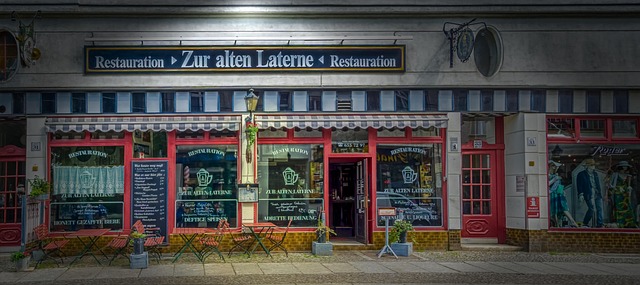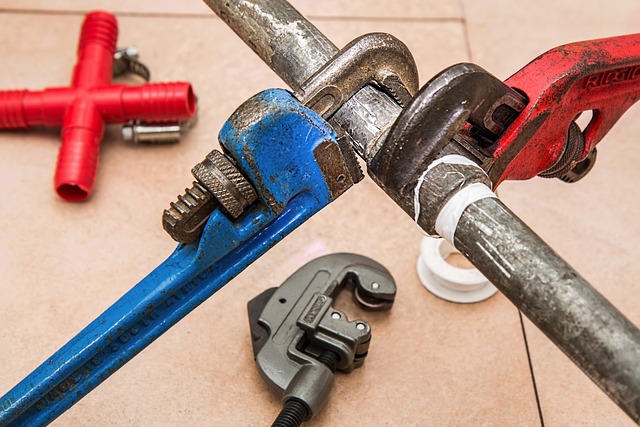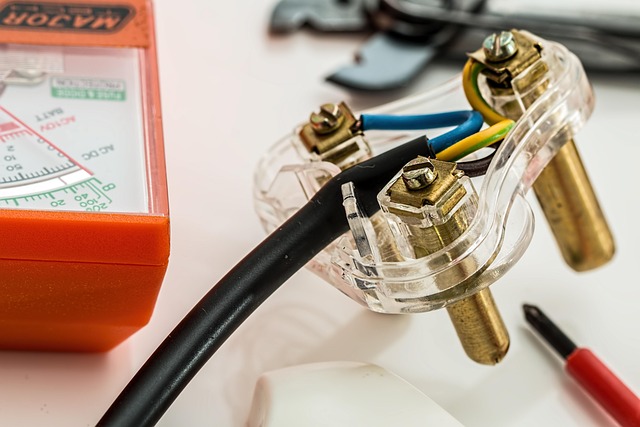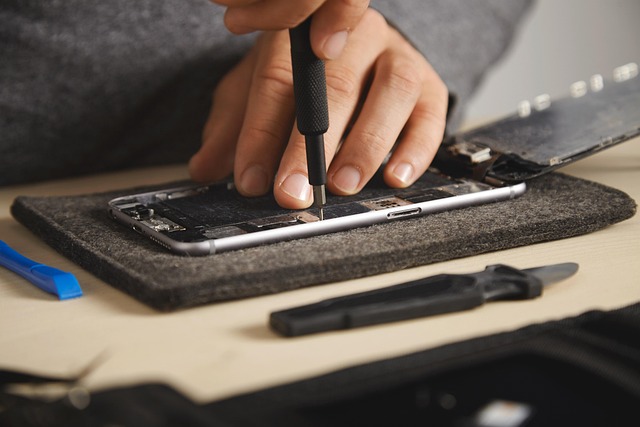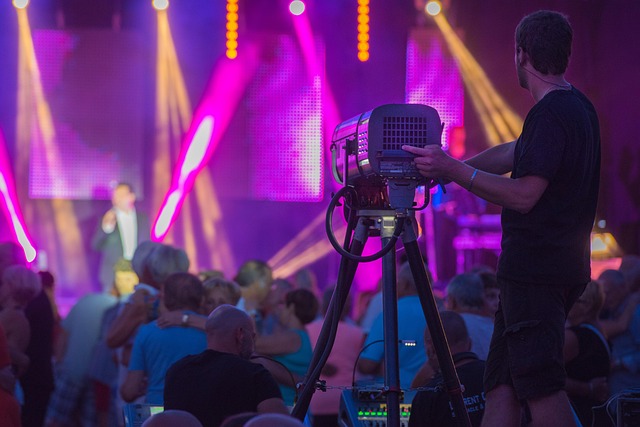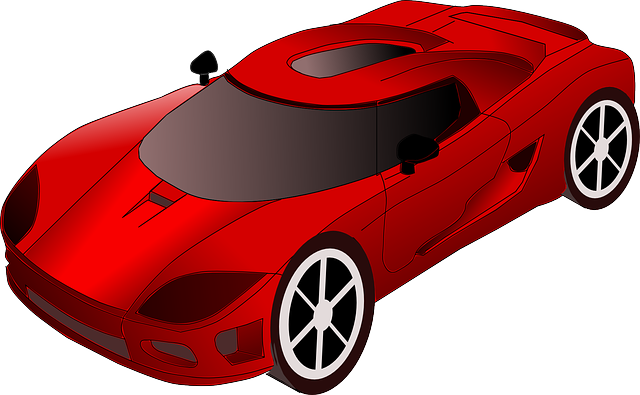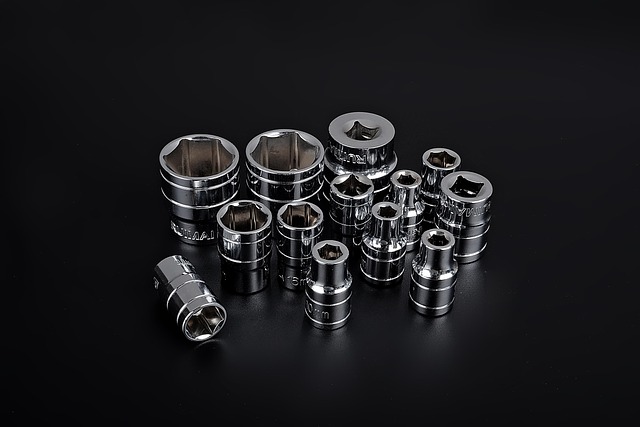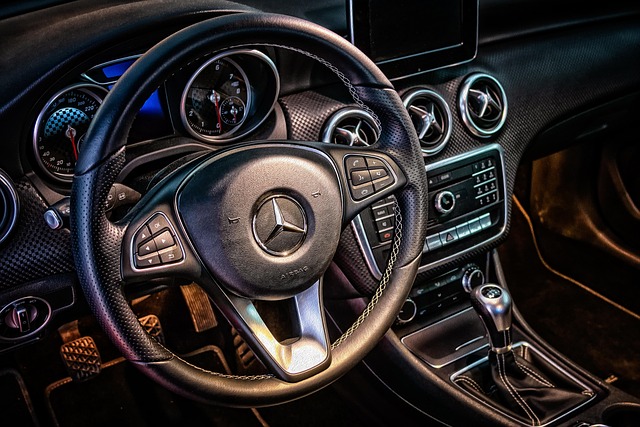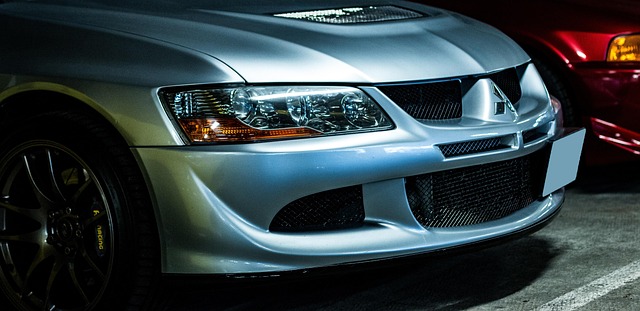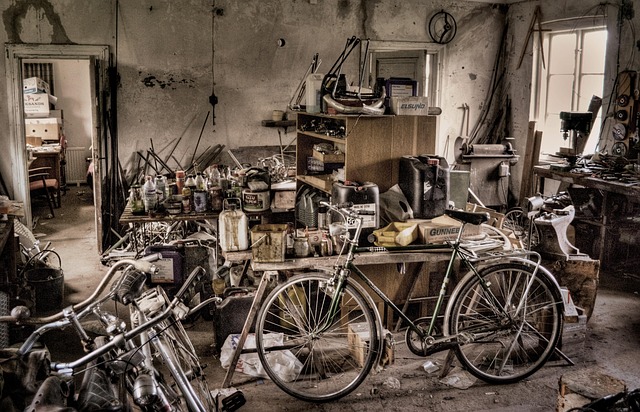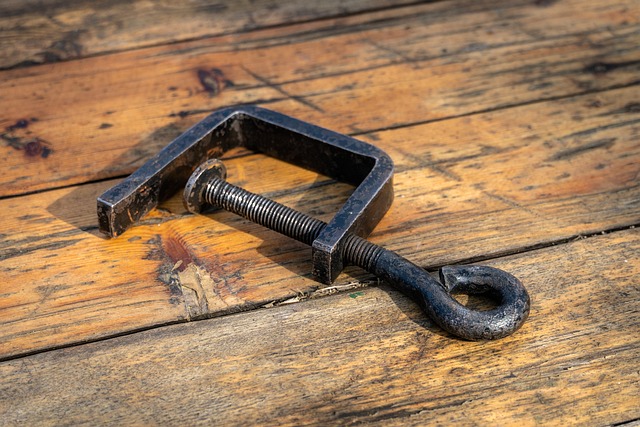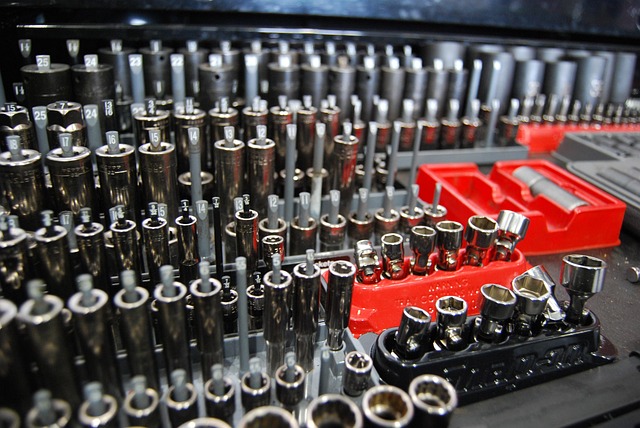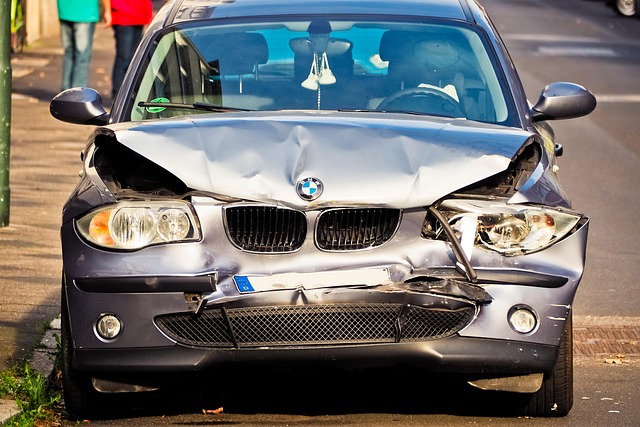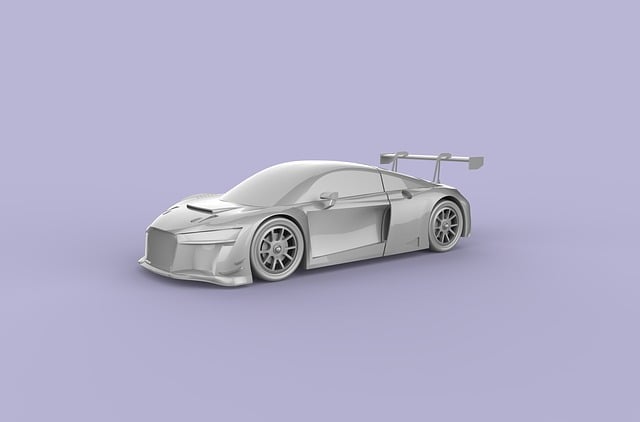Tri-coat paint repair is a meticulous, three-layer process that restores vehicles' exterior finishes to original factory standards, enhancing aesthetics and durability. The digital revolution has advanced this technique significantly, using high-resolution imaging and algorithms for precise color matching. Digital matching technologies offer advantages to technicians and customers alike, ensuring flawless restoration results. Future advancements in AI and machine learning aim to automate processes and elevate repair job quality.
In the realm of automotive aesthetics, tri-coat paint repair stands as a meticulous art. This intricate process demands precision and expertise to match modern car finishes flawlessly. Traditionally challenging, digital matching emerges as a game-changer. Adopting advanced algorithms and technology, it revolutionizes the industry.
This article delves into the world of tri-coat paint repair, exploring how digital matching enhances accuracy, streamlines processes, and offers unparalleled results. From understanding the complex layers to witnessing the future prospects, get ready to uncover the digital transformation in paint restoration.
- Understanding Tri-Coat Paint Repair: A Comprehensive Overview
- The Digital Revolution: Enhancing Matching Accuracy and Efficiency
- Key Benefits and Future Prospects of Digital Matching in Paint Restoration
Understanding Tri-Coat Paint Repair: A Comprehensive Overview
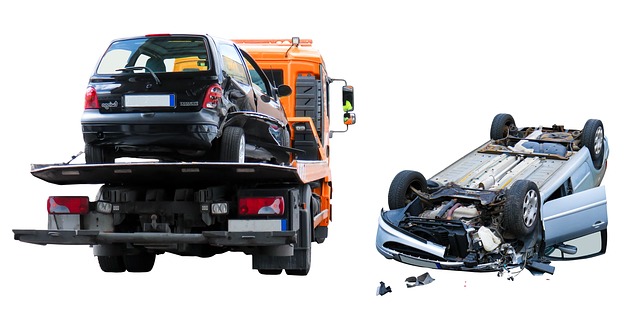
Tri-coat paint repair is a specialized process that involves restoring the exterior of a vehicle to its original factory finish, ensuring a seamless and durable appearance. This intricate technique comprises three distinct layers—primer, color, and clear coat—each playing a crucial role in achieving a flawless finish. Understanding the intricacies of tri-coat paint repair is essential for both collision repair centers and auto detailing enthusiasts, as it demands precision and a deep knowledge of automotive finishes.
The process begins with meticulous preparation, where the damaged area is thoroughly cleaned and any debris or contaminants removed. This foundation is critical to ensure proper adhesion of subsequent layers. Skilled technicians then apply the primer, which provides a solid base for color matching and bonding. The color layer, carefully matched to the vehicle’s original shade, follows, creating the desired aesthetic. Finally, the clear coat, offering protection and sheen, is meticulously applied, completing the tri-coat repair process. This comprehensive approach not only restores the vehicle’s aesthetics but also ensures long-lasting performance against scratches, chips, and other environmental damage, making it a preferred choice in both collision repair centers and auto detailing services.
The Digital Revolution: Enhancing Matching Accuracy and Efficiency
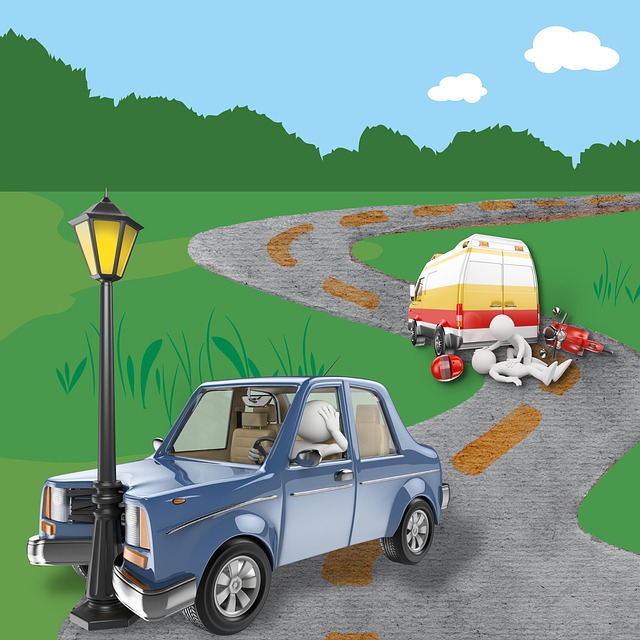
The digital revolution has brought unprecedented precision and efficiency to tri-coat paint repair, transforming traditional methods. Advanced digital matching technologies now play a pivotal role in ensuring the perfect restoration of car bodywork services. These innovative systems capture intricate vehicle body repair details with remarkable accuracy, allowing for precise color matching across various surfaces.
By leveraging high-resolution imaging and sophisticated algorithms, these tools analyze every nuance of the damaged area, considering factors like texture, gloss, and subtle undertones. This level of digital precision ensures that repaired cars not only look good but also precisely match their original factory finishes. As a result, clients benefit from enhanced aesthetics and long-lasting, high-quality car body repair solutions.
Key Benefits and Future Prospects of Digital Matching in Paint Restoration
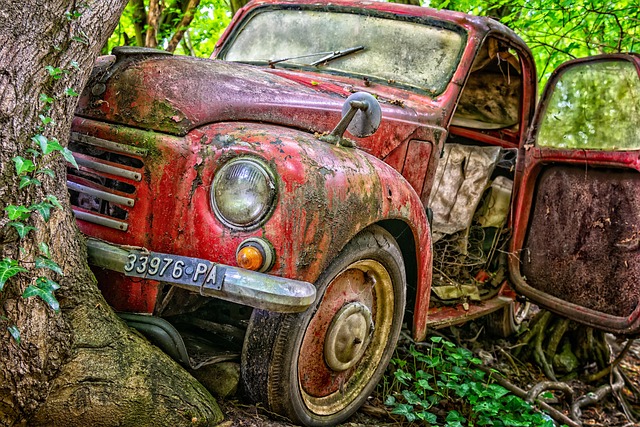
Digital matching technologies have revolutionized tri-coat paint repair, offering numerous key benefits for both technicians and customers. By leveraging advanced algorithms and digital databases, professionals can now accurately match the precise shades and finishes of original paints, ensuring seamless restoration results in auto body work and automotive repair processes. This level of precision is particularly crucial when dealing with intricate tri-coat paint systems, which often require meticulous attention to detail.
Looking ahead, the future prospects for digital matching in paint restoration are promising. As technology continues to evolve, we can expect even more sophisticated tools that enhance the speed, efficiency, and accuracy of these processes. Integrating artificial intelligence and machine learning into digital matching algorithms could lead to automated systems that streamline auto collision center operations, reduce human error, and ultimately, deliver superior quality in every repair job, be it for minor dings or extensive tri-coat paint jobs.
Digital matching technologies have revolutionized tri-coat paint repair, significantly enhancing accuracy and efficiency. By leveraging advanced algorithms and vast color databases, these tools ensure precise color matches, minimizing visible repairs and restoring vehicles to their original condition. As technology continues to evolve, digital matching is poised to play an even greater role in the future of paint restoration, offering faster, more consistent results. This innovative approach not only benefits professional bodyshops but also empowers car owners to achieve high-quality repairs with minimal effort.
